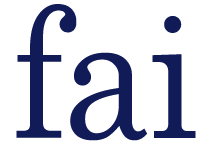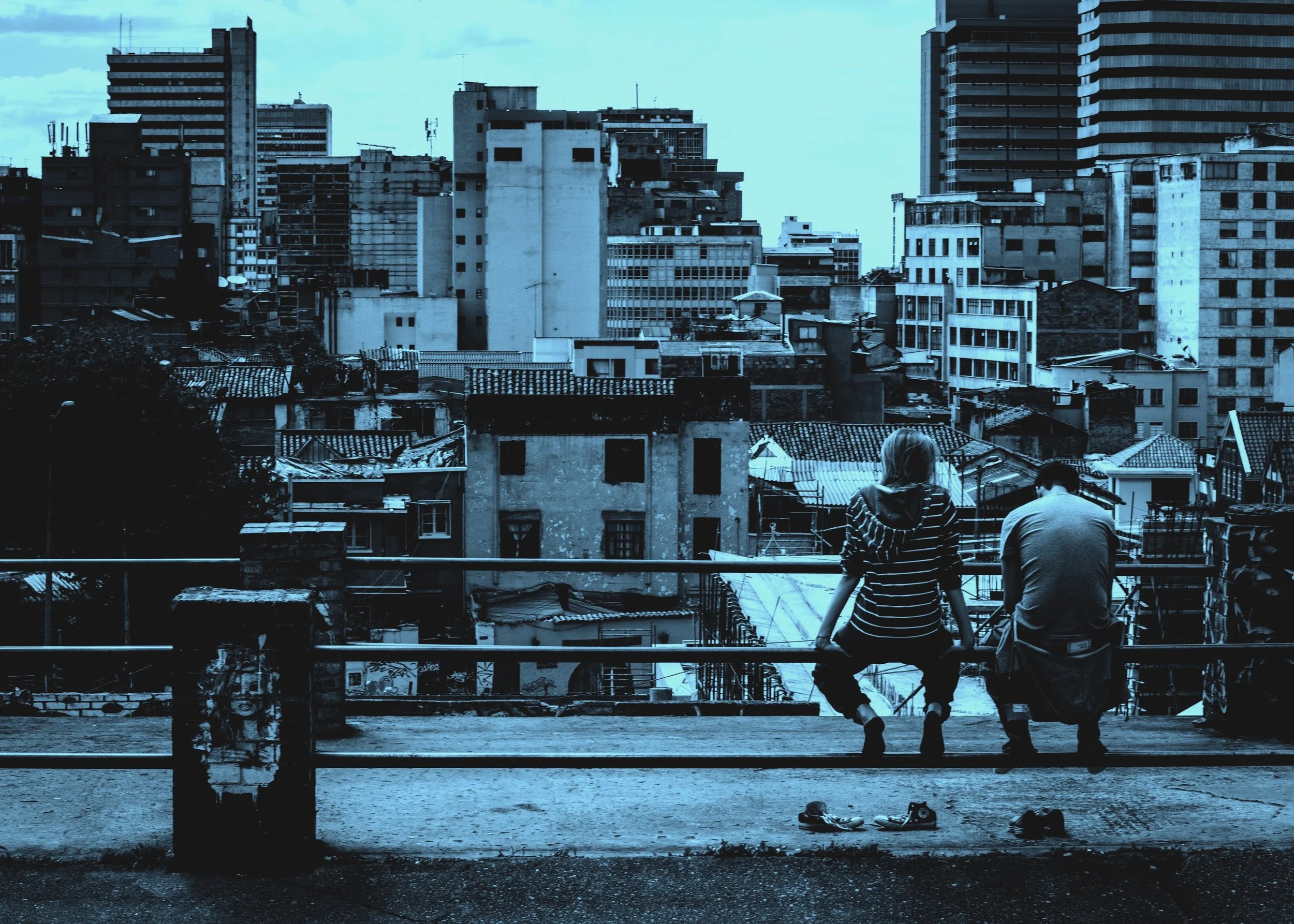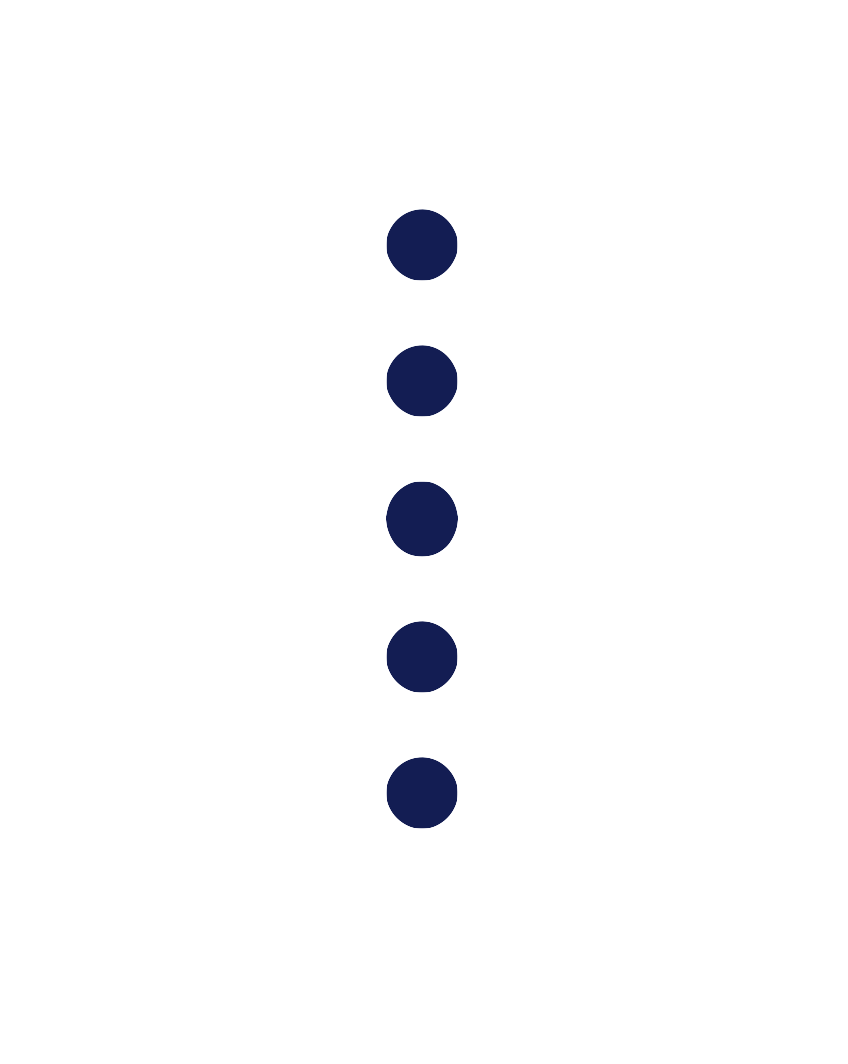1. Savings Groups: Forty-two percent of the 500 savings groups surveyed across five countries report linkages to a formal financial institution and the remaining 58 percent indicated "a strong interest" in linking to a bank account. The MasterCard Foundation
2. US Household Finance: New research shows 55 percent of American households have less than one month of income in savings, just under half spend more than they make, and 8 percent have debt payments equal to 41 percent or more of their gross monthly income. Pew Charitable Trusts
3. Poverty: How NYC transit cards are like paper towels - and what that means for the economics of being poor. WNYC
Week of January 19, 2015
1. The Gates Letter: The Gates Foundation, while relatively small in the universe of global development, has begun to play an agenda-influencing role. One of their areas of focus is mobile banking and payments. Quartz tells us more. Chris Blattman continues his tradition of grading the entire letter. The Washington Post
2. Mobile Money: But new technologies also bring new risks. Reports from Kenya show a proliferation of digital fraud - the "Nigerian e-mail scam for the Mobile Age." Christian Science Monitor
3. Credit Scores: The New York Times profiles big data alternatives to credit scoring models. Meanwhile, David Porteous and Ignacio Mas remind us that debt repayment history is a relatively new tool used as a “test of character…summarized in a three-digit score”. They suggest avoiding single prescriptions and enabling multiple (formal and informal) avenues for credit access. NextBillion
Week of January 12, 2015
1. Microcredit: At long last, many of the microcredit evaluations we've been talking about for the last few years are officially published. The new issue of AEJ: Appliedincludes six evaluations of microcredit and an overview from Abhijeet Banerjee, Dean Karlan, and Jonathan Zinman. (Ungated versions of the papers are available at each of the authors' websites.) American Economic Journal
2. Medical Debt: Nonprofit hospitals across the U.S. often use debt collection agencies to sue patients who can't or don't pay their bills, creating a compounded financial burden of legal fees and garnished wages for low-income patients. ProPublica
3. Mobile Money: Recently developments show Pakistan's new year's resolution might be to move from over-the-counter mobile transactions via agents to individual account expansion. CGAP
Week of December 8, 2014
1. Poverty in the U.S.: “It’s assumed that we’re not unstable because we’re poor, we’re poor because we’re unstable. So let’s just talk about how impossible it is to keep your life from spiraling out of control when you have no financial cushion whatsoever.” Slate
2. Agricultural Loans: Forgiveness of agricultural loans has been a common occurrence in India. it's about to happen again. But who gets the benefits and what happens after? Bloomberg
3. Cash Transfers: Evidence is building for positive impact of both unconditional cash transfers and graduation models for the ultra-poor. How do you decide between the two? NextBillion
Week of December 1, 2014
1. Mobile Technology: Privacy and other regulatory concerns have limited access to mobile communications metadata useful for public health. Is there a path forward? Brookings
2. Savings: "After years of relative neglect from proponents of 'financial inclusion,' why are [ROSCAs] now getting the attention they deserve?" CFI
3. Cash Transfers*: Are cash transfer evaluations doing enough to measure community-level tensions? IRIN News
Week of November 17, 2014
1. E-Payments: Electronic vouchers and mobile money may be a fast, cheap way to transfer funds in some parts of the developing world but when digital infrastructure is weak (like in the DRC), old fashioned cash may be the best option. Mercy Corps
2. Financial Inclusion: Bangladesh's central bank is dropping the requirement of a guardian's signature and lowering bank account fees in hopes of bringing 7.4 million working children into the formal financial system. The Guardian
3. SMEs: Shifting the focus from regulations to actual transaction costs (gathered from local firm owners) could provide a richer, more accurate picture for The World Bank's annual Doing Business report. Policy Innovations
Week of November 10, 2014
1. Mobile Money: Ignacio Mas thinks allowing independent cash in/cash out agents would be a huge boost to mobile money. Would loosening regulations spur mobile money take-up and innovation? NextBillion
2. SDGs: Is full financial inclusion a means or an end? The Guardian
3. Financial Inclusion: Peru, Colombia, and the Philippines top The Global Microscope 2014's list of the most conducive environments for financial inclusion. The Economist Intelligence Unit
Week of November 3, 2014
1. Business Training: Previous evaluations show the effectiveness of business training programs is mixed at best. But a new paper finds (as with most things in life) it helps to have a friend. The World Bank - Development Impact
2. MFIs: Can financial service providers address domestic violence among microfinance clients? CFI
3. Savings: In India, MFIs that offer savings products have a chicken and egg problem – they struggle to attract savings because their clients don't perceive them as a savings provider. MicroSave
Week of October 27, 2014
1. Financial Inclusion: Lisa Servon asks: Are banks too expensive to use? The New York Times
2. Savings: A newly launched micro-pension platform in India links employers and domestic workers to a streamlined enrollment process for a National Pension Scheme product. CFI
3. Human-Centered Design: Seven human-centered design projects in eight countries testing 30 prototypes for 175 concepts for financial products or services. All in one report. CGAP
Week of October 20, 2014
1. Financial Inclusion: Dean Karlan asks: If microcredit has reached maturity, what's next for the financial inclusion movement? SSIR
2. Impact Evaluations: It may take a long time, a really long time, to see the impact of development interventions. The World Bank - African Can End Poverty
3. Housing: As much as 70 percent of the world’s population uses “incremental building,” a process of slowly improving shelter by adding components of a house. A new report looks at how to better serve these customers with housing-related financial products. SEEP Network
